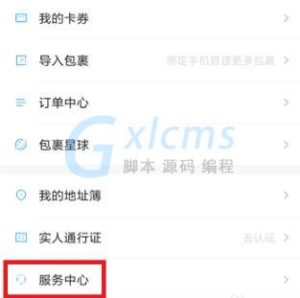
–针对一个别名
with tmp as (select * from tb_name)
–针对多个别名
with tmp as (select * from tb_name), tmp2 as (select * from tb_name2), tmp3 as (select * from tb_name3), …
–相当于建了个e临时表
with e as (select * from scott.emp e where e.empno=7499) select * from e;
–相当于建了e、d临时表
with e as (select * from scott.emp), d as (select * from scott.dept) select * from e, d where e.deptno = d.deptno;
其实就是把一大堆重复用到的sql语句放在with as里面,取一个别名,后面的查询就可以用它,这样对于大批量的sql语句起到一个优化的作用,而且清楚明了。
向一张表插入数据的with as用法
insert into table2 with s1 as (select rownum c1 from dual connect by rownum <= 10), s2 as (select rownum c2 from dual connect by rownum <= 10) select a.c1, b.c2 from s1 a, s2 b where…;
select s1.sid, s2.sid from s1 ,s2需要有关联条件,不然结果会是笛卡尔积。
with as 相当于虚拟视图。
with as短语,也叫做子查询部分(subquery factoring),可以让你做很多事情,定义一个sql片断,该sql片断会被整个sql语句所用到。有的时候,是为了让sql语句的可读性更高些,也有可能是在union all的不同部分,作为提供数据的部分。
对工会特别有用。因为union all的每个部分可能都是相同的,但是如果每个部分都执行一次,成本太高,所以可以使用带as的短语,它只需要执行一次。如果由with as短语定义的表名被调用了两次以上,优化器将自动把由with as短语获得的数据放入一个临时表中,但是如果它只被调用了一次,则不会。Prompt materialize是将短语with as中的数据强制放入全局临时表中。这种方法可以加快许多查询的速度。
with sql1 as (select to_char(a) s_name from test_tempa), sql2 as (select to_char(b) s_name from test_tempb where not exists (select s_name from sql1 where rownum=1)) select * from sql1 union all select * from sql2 union all select ‘no records’ from dual where not exists (select s_name from sql1 where rownum=1) and not exists (select s_name from sql2 where rownum=1);
WITH语句的优点:
(1). SQL可读性增强。比如对于特定with子查询取个有意义的名字等。
(2)、with子查询只执行一次,将结果存储在用户临时表空间中,可以引用多次,增强性能。
举例:在进行导入EXCEL的过程中,有时候,需要将数据存储在临时表中,当下一次在进行导入的时候,进行清除临时表的数据,但是这时候,有时候发生并发问题的话,两个用户可能会分别操作对方的数据,所以,可能造成混乱,但是可以使用WITH函数和UNION语句拼接一个SQL语句,存储在SESSION中,当需要导出错误信息的时候,可以使用该语句构造数据。














暂无评论内容